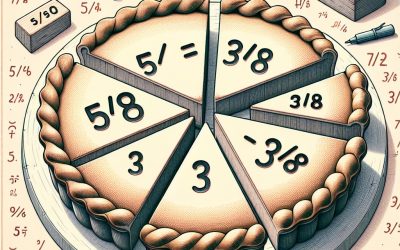➕ Introduction to Mathematics
The Language of Patterns, Logic, and Problem-Solving
Mathematics is the science of numbers, shapes, patterns, and relationships. It provides a universal language to describe the world around us—whether we’re counting, measuring, predicting, or solving complex problems. More than just calculations, maths is a way of thinking: logical, precise, and creative.
At its core, mathematics explores questions like:
-
How do we measure and compare things?
-
What happens when we follow certain rules or operations?
-
How can we predict outcomes or analyse patterns?
-
What structures exist beneath the surface of reality?
Maths is used in every area of life—from calculating a grocery bill to designing bridges, forecasting the weather, or sending spacecraft to Mars. It’s essential in science, engineering, technology, economics, architecture, and even music and art.
Divided into fields such as arithmetic, algebra, geometry, statistics, and calculus, mathematics grows more powerful as we explore deeper concepts. And it’s not just about finding the right answer—it’s about understanding why it’s right, and discovering new ways to think.
Studying maths sharpens our ability to reason, solve problems, and recognise the hidden patterns that shape our world.
Fractions
Fractions another way of saying a part of something. What are fractions? Calculating Fractions Equivalent Fractions Simplifying or Reducing Fractions Improper Fractions Adding Fractions Adding Fractions with the Same Denominator Adding Fractions with Different Denominators Subtracting Fractions Subtracting Fractions with the Same Denominator Subtracting Fractions with Different Denominators What are fractions? A fraction is another way of saying a part of something. If you had a pie and cut it so you had 4 equal amounts then you would have cut it into quarters. If you then ate one of those quarters you would have 3 quarters (3/4) left which is a fraction of the original cake. Three quarters is written as a fraction below. The top number is known as a numerator while the bottom number is called a denominator. Calculating Fractions What if you had £500 and you had to pay 1/5 in tax leaving 4/5 to be divided between you and your business partner. So how would you calculate how much you would get? First you would divide £500 into fifths which is 5 lots of £100. One fifth (or £100) would be given to the tax man while you and your business partner get 2 fifths each, so that’s 2 lots of £100. Therefore 2/5 of £500 is £200. Now try 2/3 of £21. First we divide 21 by 3 giving us 7 and then we multiply the 7 by 2 giving us 14. So 2/3 of £21 is £14. Equivalent Fractions An equivalent fraction is when the comparability of the numerator...



